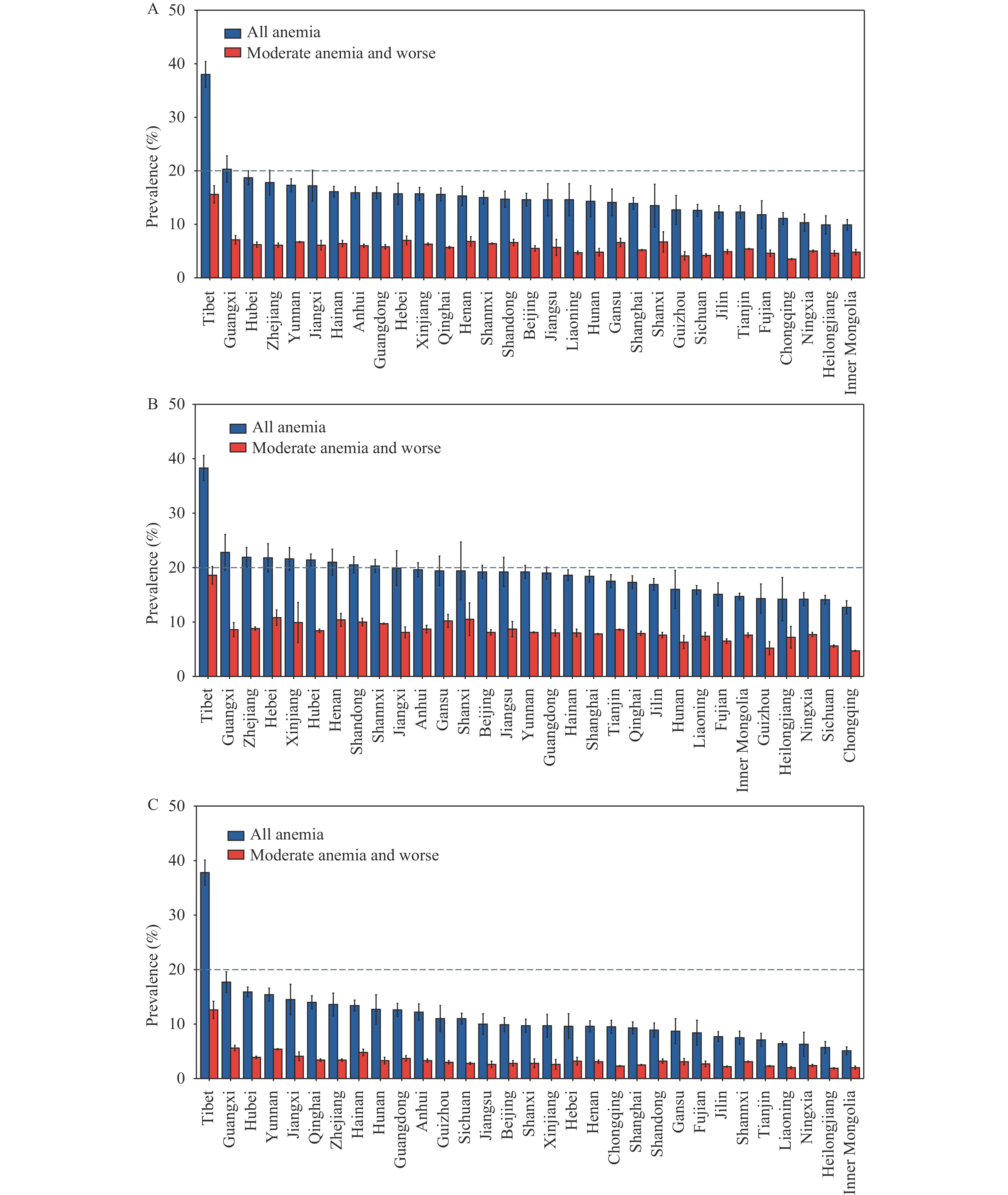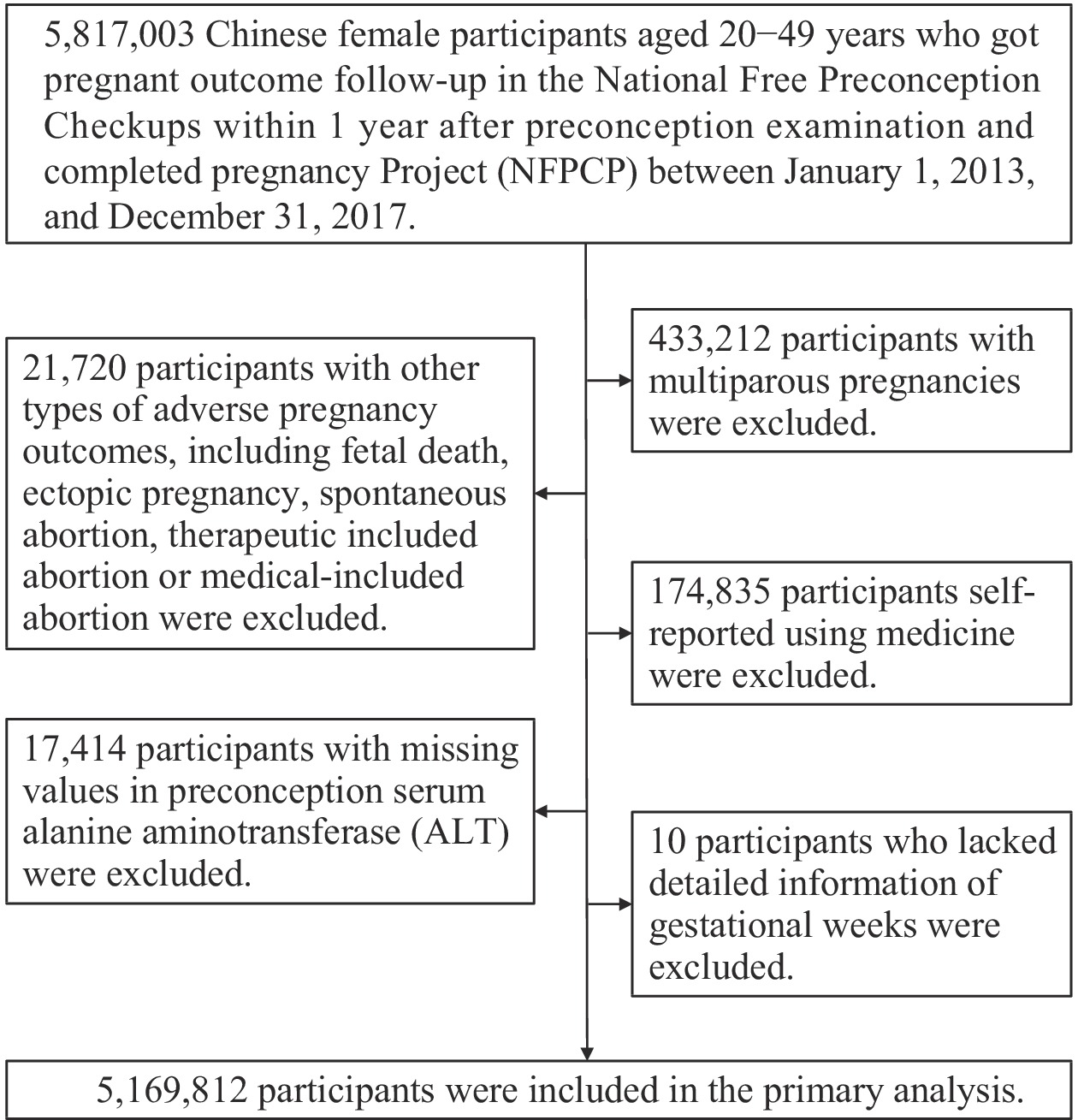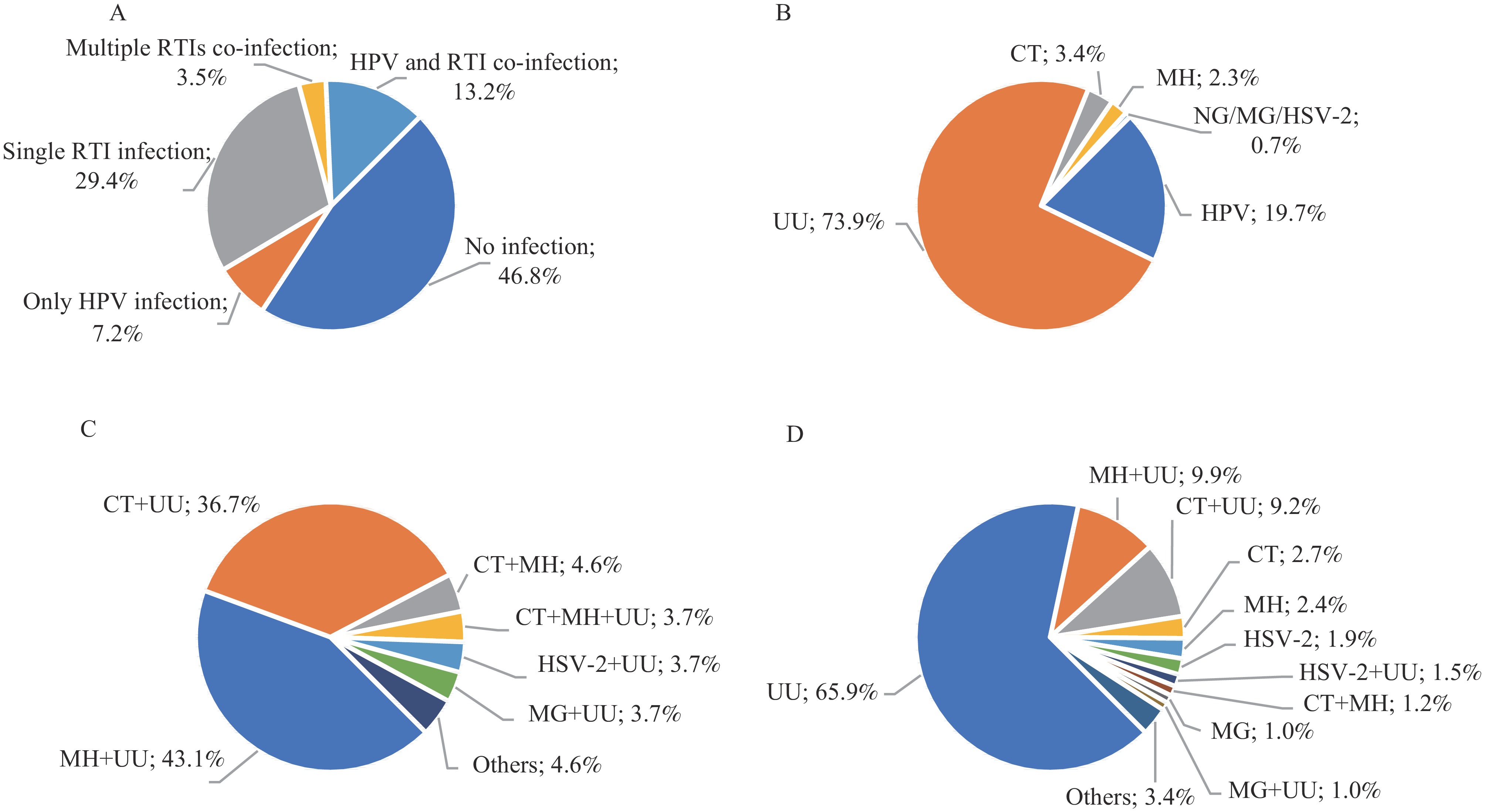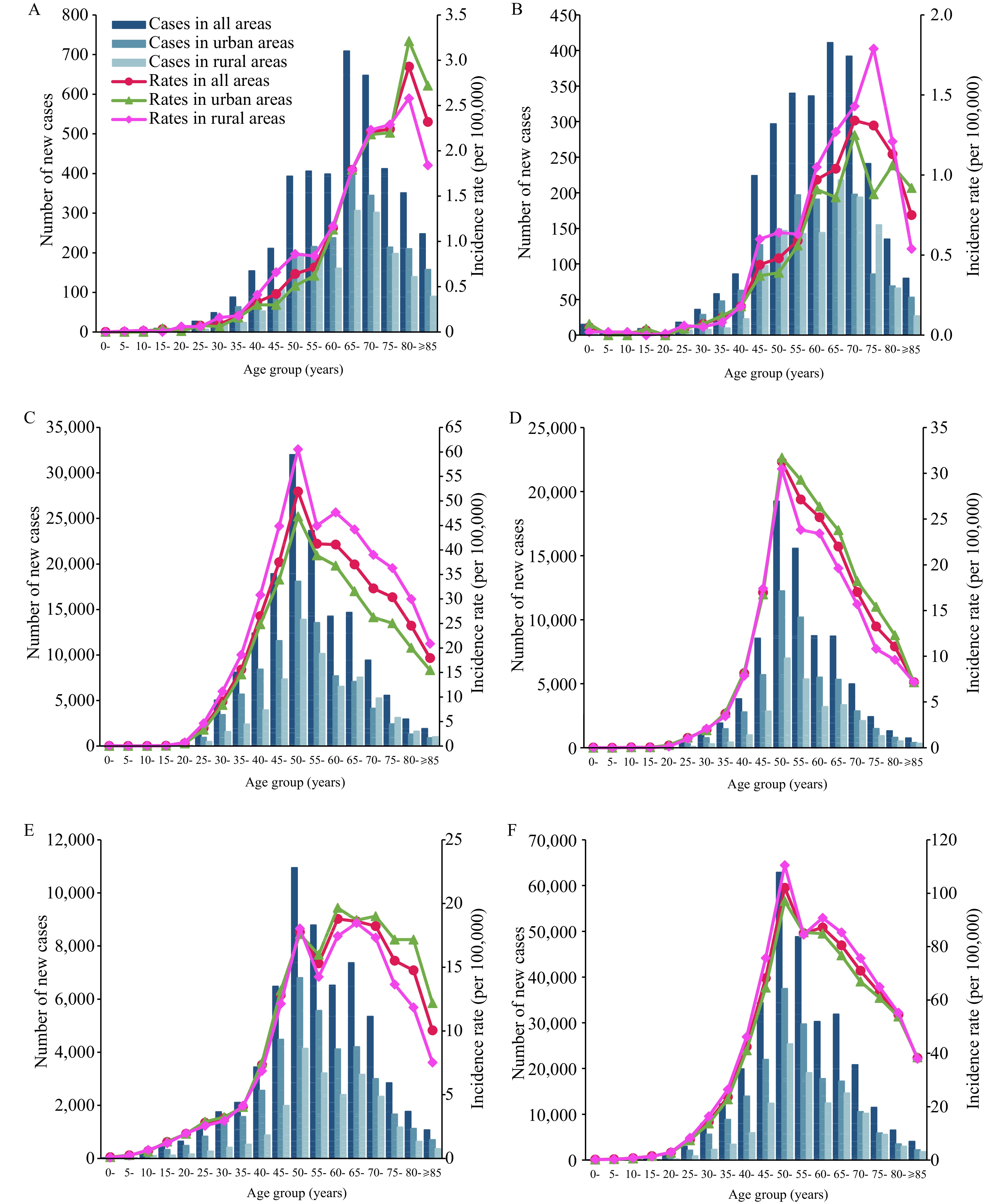2024 Vol. 6, No. 10
Anemia is a significant public health issue affecting women globally. Prior studies in China predominantly concentrated on anemia in pregnant or reproductive-age women, leaving a gap in available data concerning anemia in non-pregnant women of all age groups in China.
In 2021, the prevalence of anemia and moderate to severe anemia among women aged 18 years and older in urban China was 14.8% and 5.7%, respectively. Anemia prevalence exhibited significant variations based on factors such as age, body mass index (BMI), geographic location, and socioeconomic status.
The strategy for addressing anemia should account for non-pregnant women aged 30–49 years and those aged 70 years and older, taking into consideration differences related to socioeconomic development and geography.
The significance of maternal liver health concerning preterm birth (PTB) is well recognized; however, there is a gap in understanding the precise influence of preconception serum alanine aminotransferase (ALT) levels on the risk of PTB.
In this retrospective cohort study, a J-shaped relationship between preconception serum ALT levels and risk of PTB was observed, indicating that both significantly elevated and decreased ALT levels may contribute to the risk.
Maintaining optimal preconception serum ALT levels may reduce the risk of PTB, thereby informing specific preventive measures for women of reproductive age.
Previous studies have indicated a possible association between reproductive tract infections (RTIs) and high-risk human papillomavirus (HPV) infection, but the evidence is still inconclusive.
This multicenter study found significantly higher positive rates of HPV, including general HPV, high-risk HPV, and HPV 16/18 infections, among women who tested positive for single or multiple RTIs compared to women who tested negative for RTIs in gynecological outpatient clinics.
Infection with HPV, especially high-risk types, is linked to RTIs and imbalances in the vaginal microbiota. Implementing standardized protocols for identifying and treating RTIs could support the establishment of a healthy vaginal microenvironment. This, in turn, may offer a novel approach to preventing cervical cancer.
This study presented the incidence and mortality rates of cancers affecting the female genital organs in China, along with their trends spanning from 2010 to 2018.
700 population-based cancer registries provided relevant cancer incidence and mortality data for the year 2018. Among these, 106 registries had continuous monitoring data suitable for trend analysis from 2010 to 2018. We focused specifically on cancers affecting female genital organs (ICD10=C51–C54, C56) and projected their incidences and mortalities in China for 2022 based on data from 2018 and the trends observed from 2010 to 2018. Age-standardized incidence rate (ASIR) and mortality rate (ASMR) were calculated using Segi’s world standard population.
In 2022, there were an estimated 296,300 new cases and 104,900 deaths from female cancers in China. ASIRs for vulva (C51), vagina (C52), cervix uteri (C53), corpus uteri (C54), and ovary (C56) were 0.32, 0.23, 13.83, 6.84, and 5.68 per 100,000 population. ASIRs for corpus uteri and ovary cancers were higher in urban areas. ASMRs for vulva, vagina, cervix, corpus uteri, and ovary cancers were 0.14, 0.08, 4.54, 1.05, and 2.64 per 100,000 population, respectively. ASMR for ovarian cancer was higher in urban areas. ASIRs and ASMRs for most female genital organ cancers increased from 2010 to 2018, although the rate of increase for vulvar and cervical cancers in rural areas has slowed recently.
Tailored cancer prevention and control programs specific to each region are necessary to address the growing disease burden.



 Subscribe for E-mail Alerts
Subscribe for E-mail Alerts CCDC Weekly RSS Feed
CCDC Weekly RSS Feed


